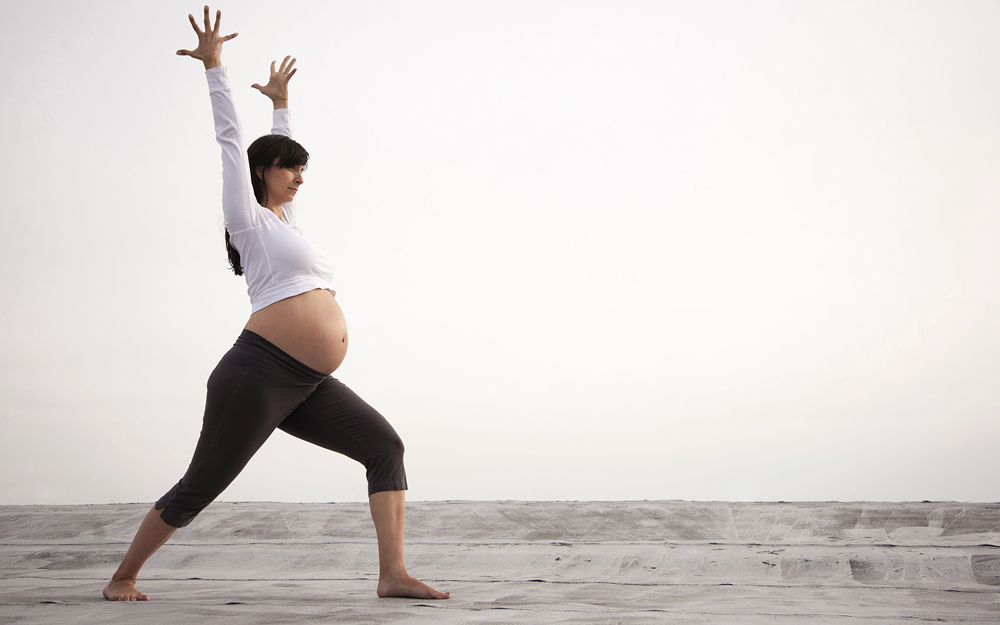
Pregnancy Fitness: A Comprehensive Guide for Expecting Mothers
Pregnancy is a transformative journey that brings about numerous physical and emotional changes. While it’s essential to prioritize rest and relaxation during this time, engaging in appropriate physical activity can provide significant benefits for both the mother and the developing baby. This comprehensive guide explores the importance of pregnancy fitness, outlines safe and effective exercises, and provides guidance on navigating common challenges.
Benefits of Pregnancy Fitness
Regular exercise during pregnancy offers a multitude of advantages, including:
- Reduced risk of gestational diabetes and preeclampsia: Physical activity helps regulate blood sugar levels and improves blood flow, reducing the likelihood of developing these pregnancy complications.
- Improved posture and reduced back pain: Strengthening core and back muscles supports the growing belly and alleviates discomfort.
- Increased energy levels: Exercise boosts endorphin production, which can combat fatigue and improve mood.
- Improved sleep quality: Physical activity promotes relaxation and can help pregnant women fall asleep more easily.
- Faster postpartum recovery: Maintaining fitness during pregnancy strengthens muscles and improves cardiovascular health, making it easier to regain pre-pregnancy shape after childbirth.
Safe and Effective Exercises
When choosing exercises during pregnancy, it’s crucial to prioritize safety and comfort. Some recommended activities include:
- Walking: This low-impact exercise is suitable throughout pregnancy and helps maintain cardiovascular fitness.
- Swimming: The buoyancy of water supports the body and reduces stress on joints.
- Stationary cycling: This activity provides a cardiovascular workout without putting pressure on the abdomen.
- Prenatal yoga: This specialized form of yoga focuses on poses that promote flexibility, strength, and relaxation.
- Pilates: This low-impact exercise strengthens core muscles and improves posture.
Frequency and Intensity
The recommended frequency and intensity of exercise during pregnancy vary depending on the individual’s fitness level and health status. Generally, it’s advisable to engage in moderate-intensity exercise for at least 150 minutes per week. However, it’s important to listen to your body and rest when needed.
Common Challenges and Modifications
Pregnancy can present certain challenges that may require modifications to exercise routines. These include:
- Nausea and vomiting: Exercise can worsen nausea, so it’s best to avoid intense activity during the first trimester.
- Round ligament pain: This sharp pain in the lower abdomen can be aggravated by certain exercises. Modify movements to avoid discomfort.
- Pelvic floor weakness: Pregnancy can weaken pelvic floor muscles, which support the bladder, uterus, and rectum. Incorporate exercises that strengthen these muscles.
- Diastasis recti: This separation of abdominal muscles can occur during pregnancy. Avoid exercises that put pressure on the abdomen.
Precautions and Contraindications
While most women can safely participate in pregnancy fitness, there are certain precautions to consider. Consult with your healthcare provider before starting any exercise program if you have:
- High-risk pregnancy
- Preterm labor
- Placental abruption
- Heart or lung disease
- Severe anemia
Conclusion
Pregnancy fitness is an essential component of a healthy pregnancy. By engaging in safe and effective exercises, expecting mothers can reap numerous benefits for themselves and their babies. However, it’s crucial to listen to your body, consult with your healthcare provider, and make modifications as needed to ensure a safe and enjoyable fitness journey. Remember, the goal is to promote well-being and prepare for the challenges and joys of motherhood.